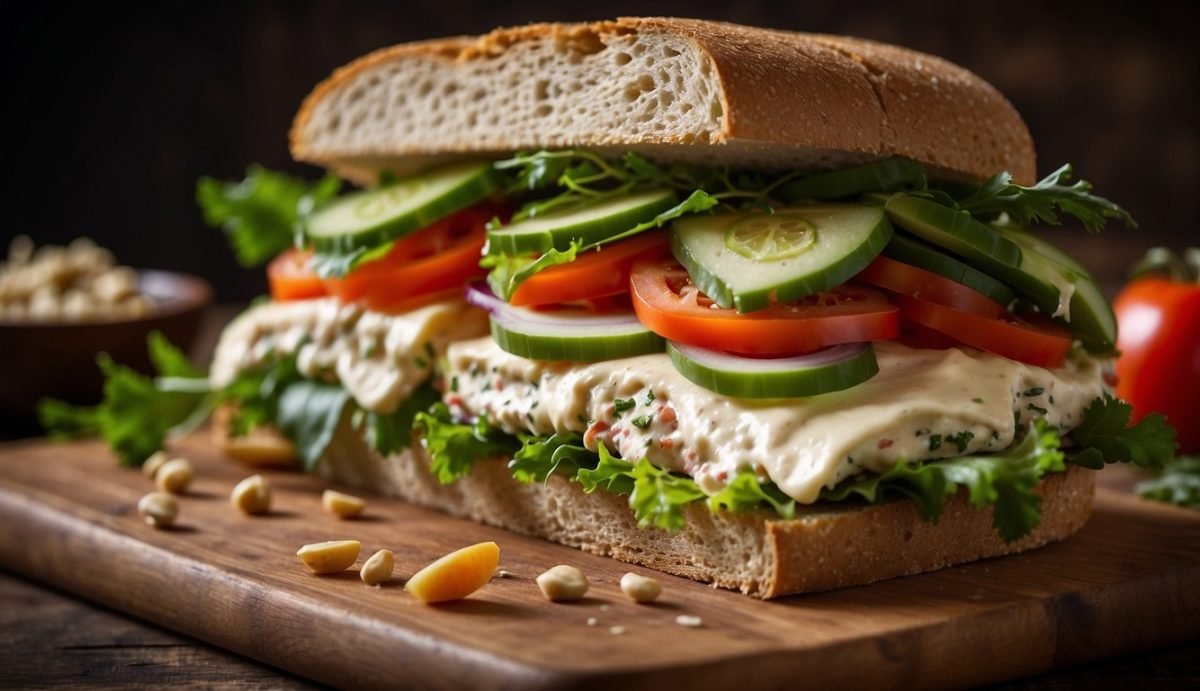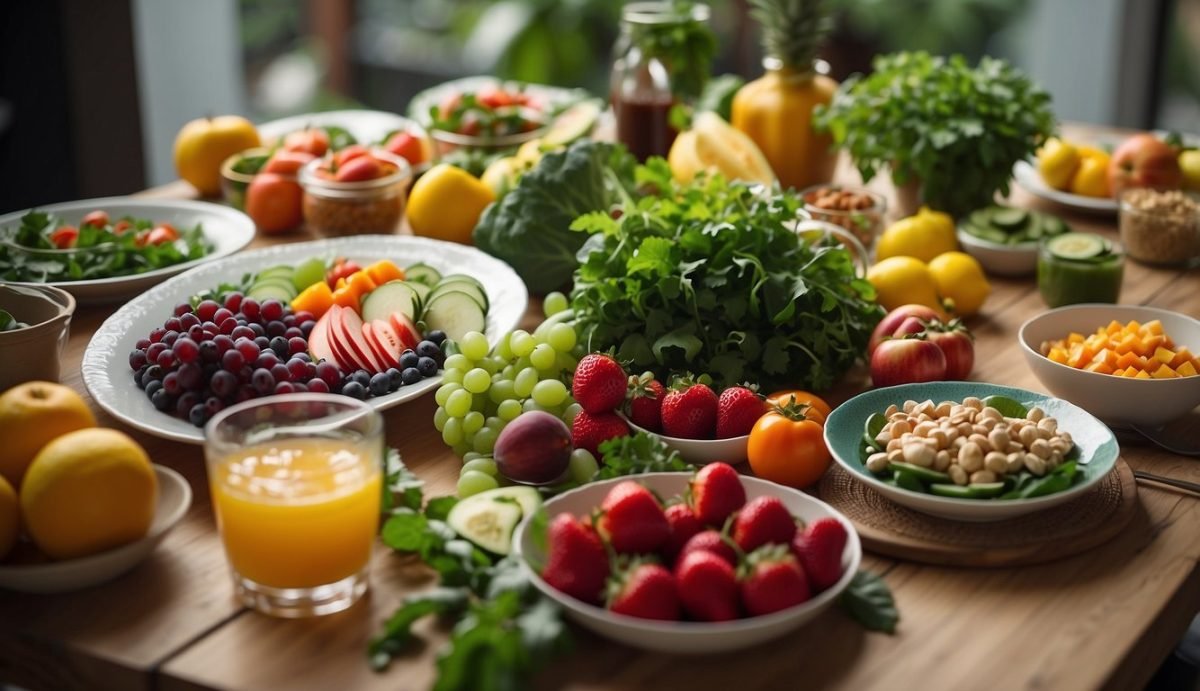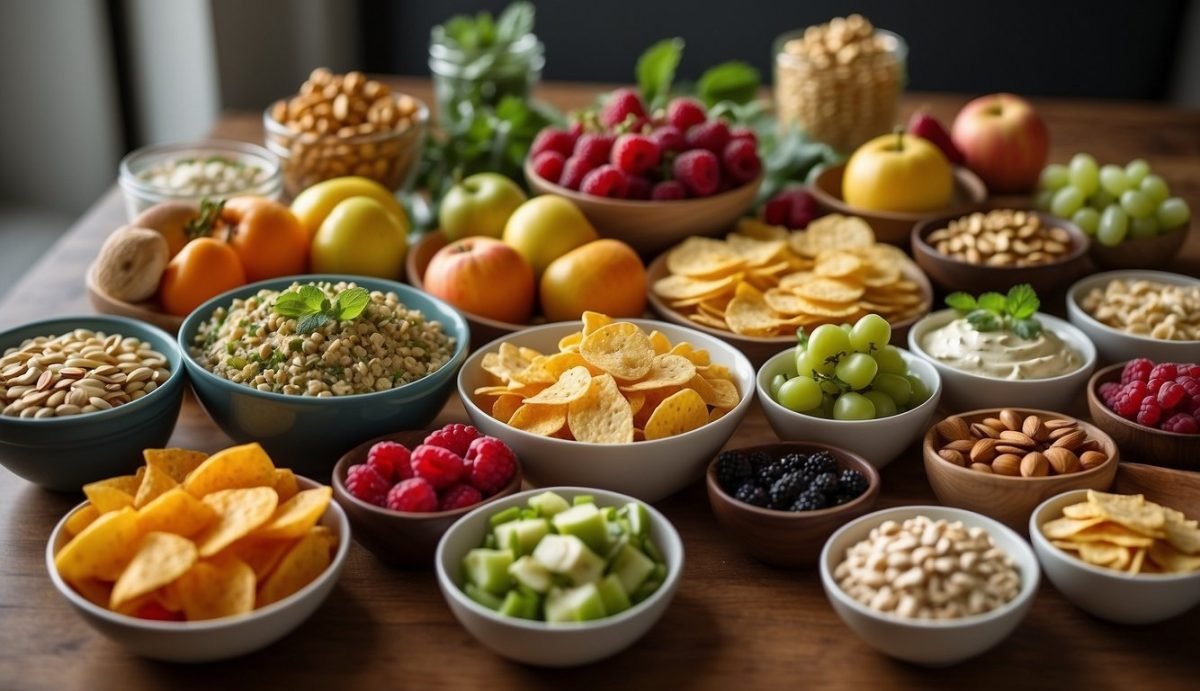When I first switched to a vegan diet I worried about getting enough calcium without dairy. It seemed like every health article warned about weak bones and missing nutrients. But as I dug deeper I realized there’s a lot more to calcium than just milk and cheese.
Exploring plant-based sources of calcium opened my eyes to a whole new world of nutrition. I discovered that with a little planning it’s totally possible to meet my calcium needs and keep my bones strong—no dairy required. If you’re curious about getting enough calcium on a vegan diet you’re definitely not alone.
Importance of Calcium on a Vegan Diet
Maintaining strong bones and proper nerve function depends heavily on calcium, even when following a vegan diet. I’ve seen many new plant-based eaters worry over bone health, since mainstream nutrition often links calcium with dairy. Bone density, muscle movement, and cell signaling all require adequate calcium, regardless of where it comes from.
Absorbing calcium efficiently matters as much as getting enough in your meals. Greens like bok choy, fortified plant milks, tofu made with calcium sulfate, and sesame seeds provide reliable vegan sources of this mineral. I frequently blend these foods into recipes to help students and home cooks reach their daily targets. The Academy of Nutrition and Dietetics confirms that well-planned vegan diets can meet every stage of life’s calcium recommendations.
An insufficient calcium intake over time can contribute to osteoporosis and increase fracture risk. I emphasize vegan sources and culinary methods that enhance absorption, such as pairing calcium-rich foods with vitamin D sources or citrus fruits. My experience working with a variety of clients shows that meeting calcium goals on a vegan diet is entirely achievable and doesn’t require sacrificing flavor or creativity in the kitchen.
Common Sources of Calcium for Vegans
My years running a vegan kitchen taught me that plant foods deliver plenty of calcium without giving up taste or variety. When I teach vegan cooking classes now, I highlight these reliable, flavorful sources.
Plant-Based Foods Rich in Calcium
Leafy greens like bok choy, kale, collard greens, and turnip greens serve up significant calcium amounts in a vegan diet. I often use broccoli, okra, and Chinese cabbage in stir-fries for added calcium. Tofu made with calcium sulfate contains 200-350 mg calcium per 100 g based on USDA data. Beans such as white beans, navy beans, and chickpeas provide both protein and moderate calcium—my favorite for hearty stews. Nuts and seeds, including almonds, sesame seeds, and chia seeds, work well in both savory and sweet recipes, packing up to 280 mg calcium per 30 g for sesame (USDA SR Legacy, FDC ID: 171688).
Fortified Foods and Beverages
Fortified plant milks like soy, almond, and oat usually match dairy milk’s 300 mg calcium per cup, as listed on most nutrition labels. Ready-to-eat cereals and fortified orange juice provide another easy way to help meet daily targets. I suggest always checking the label—brands vary in their fortification levels.
Calcium Supplements
Calcium supplements support daily intake when meals or appetite fall short of nutritional needs. I focus on foods first, but supplement forms like calcium carbonate and citrate offer 200-500 mg per serving. It’s important to space out supplement intake and pair with vitamin D sources for optimal absorption, according to the National Institutes of Health.
| Food/Beverage | Serving Size | Calcium (mg) | Reference |
|---|---|---|---|
| Tofu (calcium-set) | 100 g | 200-350 | USDA FDC ID: 173425 |
| Fortified soy milk | 1 cup | 300 | Manufacturer Nutrition Facts |
| White beans | 1 cup | 161 | USDA FDC ID: 16043 |
| Sesame seeds | 30 g | 280 | USDA SR Legacy, FDC ID: 171688 |
| Kale (raw) | 1 cup | 52 | USDA FDC ID: 168405 |
| Fortified orange juice | 1 cup | 300 | Manufacturer Nutrition Facts |
| Calcium supplement | 1 tablet | 200-500 | Varies by product |
Factors Affecting Calcium Absorption
Calcium absorption depends on more than just eating rich foods. Some nutrients help or block the body’s ability to use calcium from vegan dishes.
Role of Oxalates and Phytates
Oxalates and phytates found in plant-based foods can reduce calcium absorption. Leafy greens like spinach and beet greens, for example, contain high oxalate levels that bind calcium and make it less available. Foods such as whole grains, beans, and nuts contain phytates that may also lower calcium uptake. I choose lower-oxalate greens like kale, bok choy, and turnip greens in recipes for better calcium bioavailability. Cooking methods like soaking beans and toasting nuts can lower phytate levels. These small steps help boost calcium absorption from my meals.
Vitamin D and Its Impact
Vitamin D improves calcium absorption and helps the body use it for bone health. Sunlight triggers the skin to make vitamin D, but I add fortified vegan foods such as plant milks and breakfast cereals to ensure consistency, especially during winter or for those who get little sun. I sometimes recommend a vitamin D supplement if a blood test shows low levels, as this helps maximize the benefit from every calcium-rich ingredient I use.
Meeting Daily Calcium Needs on a Vegan Diet
Getting enough calcium on a vegan diet stays simple with the right approach. I focus on balancing my meals for maximum nutrition and deliciousness.
Meal Planning Tips
I build my meals around a variety of calcium-rich vegan foods. Leafy greens like collard greens, bok choy, and kale make frequent appearances in my sautés, soups, or salads since their calcium content absorbs well compared to spinach or beet greens. Fortified plant milks, such as soy or almond milk labeled with 300 mg calcium per cup, go into smoothies and cooking. I include tofu made with calcium sulfate—firm or extra-firm varieties pack around 250-350 mg calcium per serving. Adding beans, chickpeas, and black-eyed peas to stews and salads makes meals heartier and boosts calcium intake.
Nuts and seeds, especially almonds, tahini, and chia seeds, lend crunch and lift calcium levels. I often sprinkle sesame seeds over stir fries or toss almonds into Buddha bowls. Rotating fortified breakfast cereals with unsweetened fortified plant milks provides a reliable boost at breakfast. I check product labels since fortification can vary by brand.
Sample Calcium-Rich Vegan Meals
« How to Make Coconut Milk at Home: Easy Steps, Tips, and Delicious Vegan Uses
Top Vegan Sources of Omega Fatty Acids: Boost Your Health With Plant-Based Options »
I plan meals to keep calcium intakes steady throughout the day. These are some go-to calcium-rich combinations from my kitchen:
- Breakfast: Overnight oats made with fortified soy milk, chia seeds, and almond slices
- Lunch: Kale, white bean, and quinoa salad with tahini–lemon dressing
- Snack: Homemade energy bars containing almonds, sesame seeds, and dried figs
- Dinner: Stir fry with bok choy, tofu (made with calcium sulfate), and brown rice
- Dessert: Fortified plant-based yogurt parfait with berries and granola
Eating a range of these foods daily—paired with vitamin D from fortified foods or supplements—keeps my bones strong and my meals vibrant and flavorful.
Potential Risks of Calcium Deficiency for Vegans
Missing out on enough calcium in vegan diets often leads to health issues linked to bone health and muscle function. I see these challenges most in people who skip fortified foods or count solely on high-oxalate greens, like spinach, for their daily calcium. Below are key risks that come up most often in my kitchen classes and recipe development workshops.
- Decreased Bone Density
Low calcium over time causes reduced bone mineral density. I’ve seen studies in The American Journal of Clinical Nutrition showing that vegans with inadequate intake, especially postmenopausal women, are more likely to experience low bone density compared to those reaching recommended levels from food or supplements.
- Higher Fracture Risk
Insufficient calcium raises the risk of fractures after small falls or bumps. Across several years running my vegan restaurant, guests sometimes mentioned aches or slow healing after injuries, which often traced back to a calcium gap.
- Muscle Cramps and Spasms
Muscle tissue relies on calcium for contraction and relaxation. When intake drops, people often experience leg cramping or spasms, especially during extended physical activity or overnight.
- Abnormal Heart Rhythm
Calcium plays a direct role in regulating heartbeat. Severe deficiency, according to the National Institutes of Health, triggers irregular heart rhythms which may demand urgent attention if not addressed quickly.
- Fragile Teeth and Tooth Decay
Teeth, like bones, store calcium. My vegan baking students sometimes report dental sensitivity or more frequent cavities when they go long stretches without calcium-fortified foods, especially if their meal plan lacks variety.
- Delayed Growth in Children
Growing kids need more calcium per pound than adults. In families I’ve coached, children following poorly planned vegan diets sometimes show slower growth rates, weaker bones, or dental issues, especially if they avoid both fortified foods and supplements.
Most of these issues stem from chronic under-consumption rather than missing a day or two. Keeping the focus on delicious, calcium-rich vegan recipes reduces these risks and makes vegan living both nutritious and enjoyable.
Conclusion
I’ve found that getting enough calcium on a vegan diet is not only possible but also delicious and rewarding. With a little creativity and attention to food choices I can enjoy a wide variety of meals that keep my bones strong and my body healthy.
Exploring new ingredients and recipes has made my vegan journey exciting and satisfying. If you’re considering a plant-based lifestyle or just want to boost your calcium intake I hope my experience inspires you to try new foods and enjoy the benefits of mindful eating.





